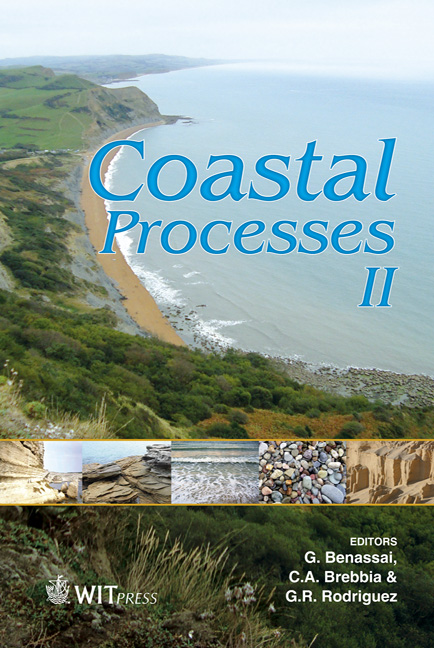Yachting And Pleasure Crafts In Relation To Local Development And Expansion: Marina Di Stabia Case Study
Price
Free (open access)
Transaction
Volume
149
Pages
9
Page Range
53 - 61
Published
2011
Size
320 kb
Paper DOI
10.2495/CP110051
Copyright
WIT Press
Author(s)
C. Bizzarri & D. La Foresta
Abstract
Tourism is increasingly seen as a significant component in the social and economic fabric worldwide. The tourist industry generates important employment opportunities and income within local economies but along with the developments it generates it can also be the cause of decline in the quality of life for residents living in tourist locations. In the particular case of private yachting and sailing crafts and the harbours built to accommodate them, many social and environmental benefits have been noted. There is for example the increased cash flow that visitors bring and the possibility of using the various terminus points as venues for a series of associated activities and cultural events. However, nautical tourism is not immune from problems caused by increased congestion and pollution as well as damage to places of historic heritage. Moreover, the anticipated economic benefits are uncertain and vulnerable to external factors. Within this broad range of possible effects, this paper considers the aspect of the relation between private sailing for pleasure and local and regional development, the spin-offs it generates in the territory, its social functions and the additional value it offers the tourist market. The focus is on a manmade harbour in Southern Italy, close to Naples: Marina di Stabia. Marina di Stabia was born from a cooperation among a group of professional managers from the city of Castellammare di Stabia. The principal aim of their project is the requalification of the disused area to the east of Castellammare, which was once an important metallurgic centre and one of the symbols of the area’s industrial supremacy in the past. The harbour was opened in June 2007, and ongoing work continues adding a constant series of improvements.
Keywords
nautical tourism, economics of marinas, environmental impacts of marinas, regional effects of nautical tourism





